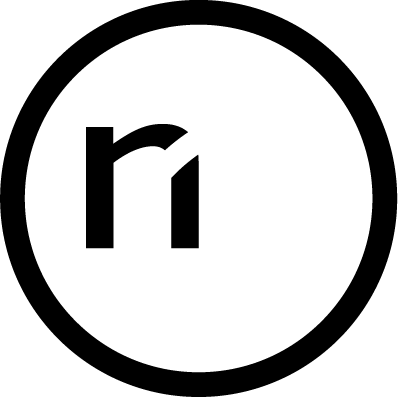How to perform personal hygiene on your baby
The following information will guide you in how to perform personal hygiene on your baby. First, there are some general recommendations, and then you can read in more detail about how to specifically care for the individual body parts and areas.
-
The following information will guide you in how to perform personal hygiene on your baby. First, there are some general recommendations, and then you can read in more detail about how to specifically care for the individual body parts and areas.
-
- Start from the top and work down.
- Listen to your baby's signals. It's important not to push your baby too much.
- If your baby seems stressed it is better to take a small section at a time and continue with the rest later.
- Always use a clean cloth.
- Starting with the face, use a wet cloth and pat gently. Always wipe with a dry washcloth and then continue to the eyes, nose, mouth and ears.
- Then wash all the folds around the throat and neck.
- Then wash under the arms and then continue with fingers and stomach.
- Then wash the genitals, groin and buttocks, where you also need to dry with a cloth to avoid redness.
- Finish with the toes.
Always assess
Always assess in collaboration with the nurse what your baby has the energy for and how the individual body areas should be prioritised.
-
Skin folds
Wash the baby in all skin folds: behind the ears, between the folds of the neck, under the arms and in the groin. You should use warm tap water then pat the skin dry with a cloth so that fungus or other skin irritations do not form.
Hands
The little hands move to many places. Wash them gently with warm water as needed.
Mouth and lips
Keep an eye on your baby's mouth and lips and clean them regularly if necessary. Clean the baby's mouth with breast milk or sterile water on a cotton swab.
Eyes
Babies who have either very swollen eyes, receive CPAP, are intubated or have conjunctivitis, need to have their eyes cleaned with sterile saline.
How to wash your baby’s eyes:
- Wet a gauze cloth with sterile salt water.
- Wipe the eye starting from the tear ducts by the nose and then outwards in one motion, discarding the cloth after each stroke.
- If further cleaning is needed, use a clean cloth each time.
- The open sterile salt water bottle can be kept for 24 hours (write the date and time of opening on the container).
- If your baby does not have swollen or irritated eyes, do as described above, but using clean tap water instead.
Scalp
Massage your baby's scalp with a soft toothbrush or fine-tooth comb. The purpose is to increase blood circulation and thus prevent the formation of scars.
Navel
Keep an eye on the navel when changing nappies. The umbilical stump usually dries out after a few days and becomes hard. It can smell and ooze without there being any infection.
How to check your baby’s belly button:
- Until the navel has fully healed, you must inspect it whilst changing nappies.
- If there is redness, the navel should be examined by a nurse.
- If the naval appears dirty, wash it with lukewarm water and dry it afterwards. There is no sensation in the umbilical stump, so you should not be afraid to wash it.
-
Baby's pacifiers/dummies
To avoid infection, clean your baby’s pacifier daily. You can do this in the parents' kitchen on the 13th floor, where you will find written instructions.
-
If you have any questions, please feel free to contact us.
Neonatal Units 12 and 13
Tel. 97 66 34 52


